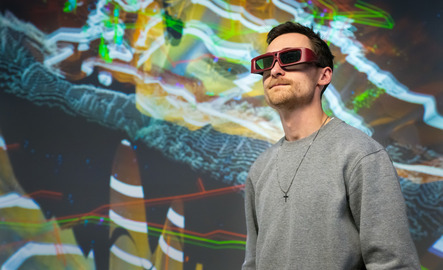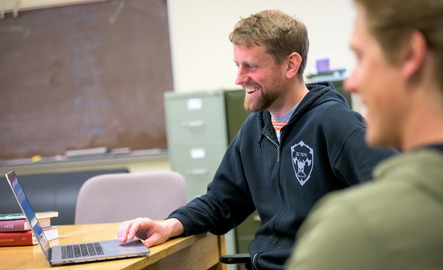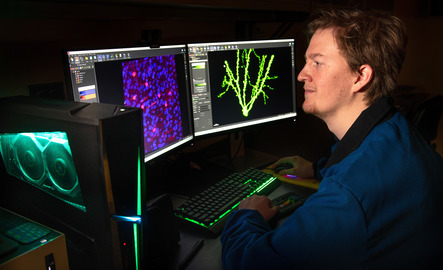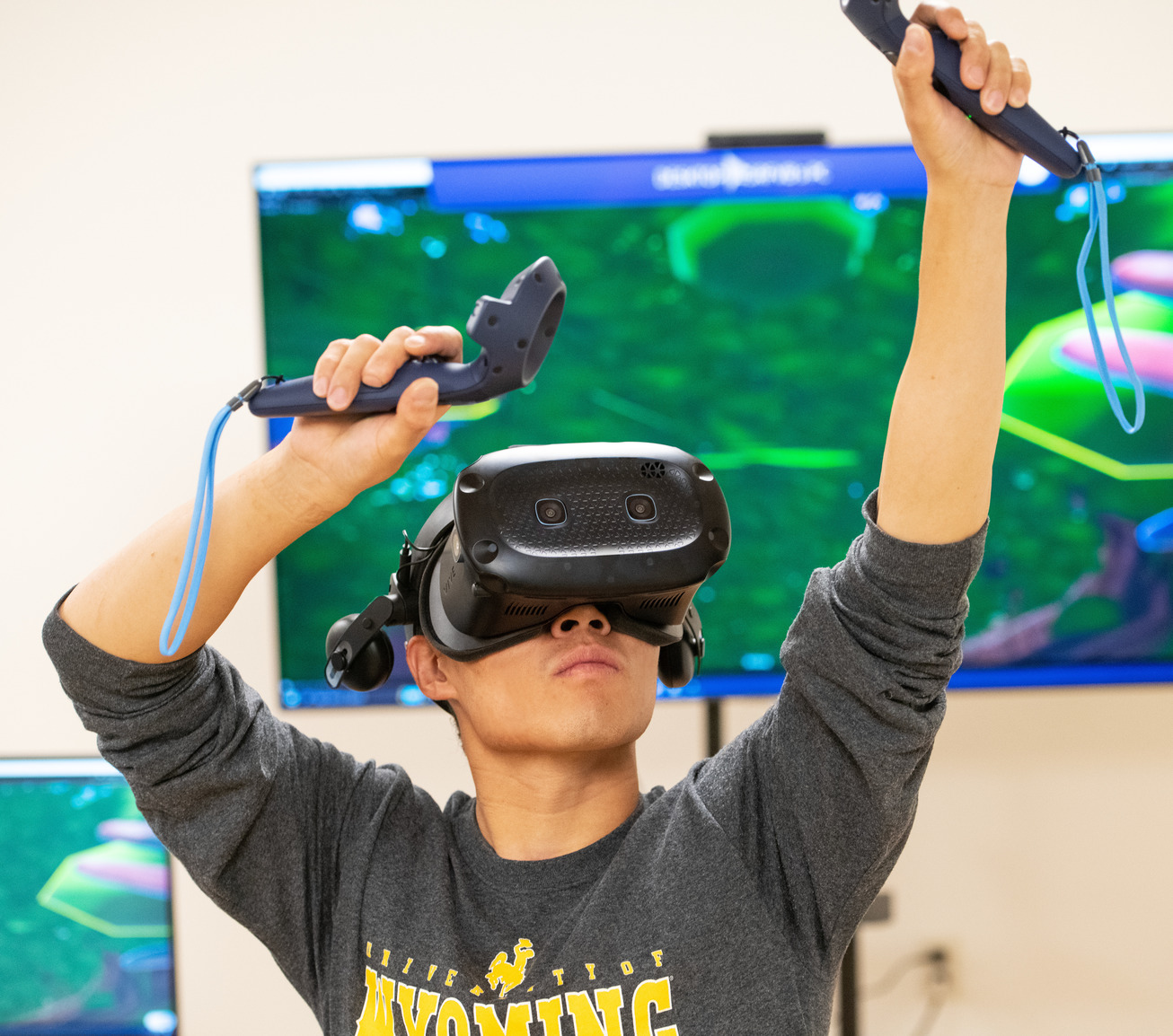About the Interdisciplinary Computational Science Minor
The interdisciplinary computational science minor is available to both undergraduate
and graduate students. All students take a variety of core courses in computational
methods, statistical software and scientific computing. Students also select several
courses from a list of approved electives.
Interested in seeing what programs & majors are offered at UW?
Explore them now!

Recognizing the expanding relevance of modeling and simulation in diverse arenas,
the interdisciplinary computational science minor offers tailored courses to empower
students in science, mathematics and engineering with the essential expertise for
influential roles in their disciplines.
View the full UNDERGRADUATE interdisciplinary computational science minor curriculum.
View the full GRADUATE interdisciplinary computational science minor curriculum.

Students must be pursuing an undergraduate or graduate degree to qualify for the interdisciplinary computational science minor.
Additional UNDERGRADUATE requirements:
- Students must earn 15 credit hours in specified courses
- Within the 15 credits, students must earn 9 credits at the upper-division level (3000 or above)
- Within the 15 credits, students must earn 6 credits outside of their major
- Within the 15 credits, students must earn at least 6 credits in core courses
- Only grades of C or better will be accepted for the minor
Additional GRADUATE requirements:
- Students must earn 15 credit hours in specified courses
- Within the 15 credits, students must earn at least 12 credits in graduate level classes (5000)
- Within the 15 credits, students must earn 6 credits outside of their department
- Only grades of B or better will be accepted for the minor

What can you do with an interdisciplinary computational science minor?
The purpose of the interdisciplinary computational science minor is to prepare science, math and engineering grads for leadership roles in their chosen professions.
A computational science minor gives you powerful tools to solve real-world problems
using data, simulations and computer models. It’s a great complement to majors like
physics, engineering, biology or math, and can lead to careers in fields like data
science, software development, scientific research, environmental modeling and even
finance. Whether you're building climate models, analyzing big data in healthcare
or developing AI systems, this minor gives you a competitive edge in tech-driven industries.
Here are some of the job titles our STEM grads currently hold:
- Machine Learning Research Scientist
- Research Data Scientist
- Innovation and Operational Technology Director
- Technology Development Modeling Engineer
- Software Engineer
- Associate Director of Bioinformatics
Notable alumni employers include:
- National Science Foundation (NSF)
- Panasonic Energy of North America
- Cedars-Sinai
- National Astronomical Observatory of Japan
- Intel
- Arrow Electronics
- SSR Mining Inc.
- Tesla Corporation
- Colorado School of Mines Center for Underground Construction and Tunneling
A computational science minor helps you build a strong foundation in data analysis, computer modeling and problem-solving—skills that are in high demand across science, engineering and tech fields. You’ll learn how to work with complex systems, run simulations and apply computational tools to real-world challenges. This minor also enhances your research and technical abilities, makes you more competitive in the job market and prepares you for graduate study in a wide range of disciplines. It’s a smart choice if you want to bridge the gap between theory and application in today’s data-driven world.
Where computer science meets research
Take a look at Alathea Davies, a UW grad student who is using computer science to enhance her chemistry research. She uses data analysis and modeling to better understand the natural world.


